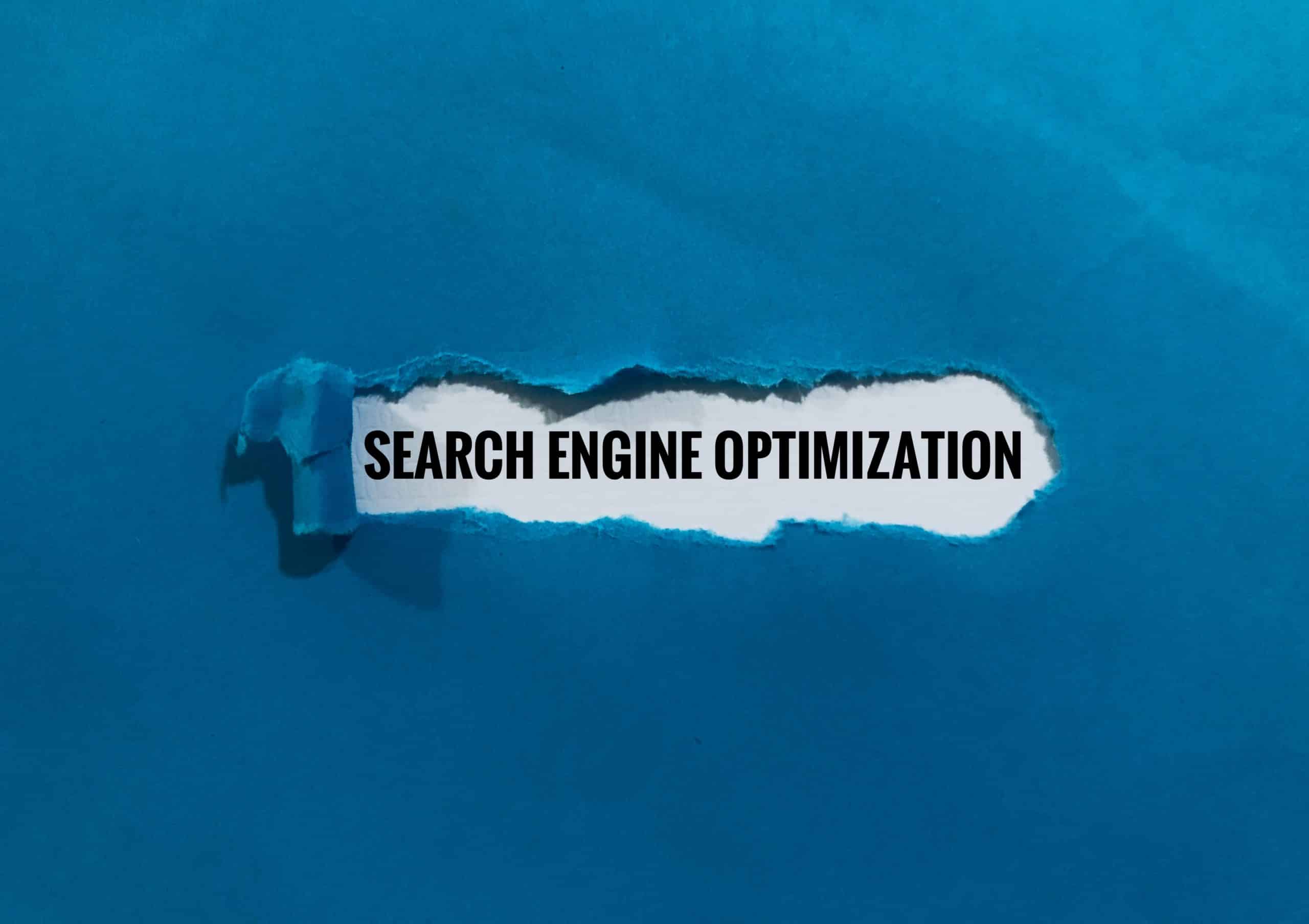How Can Real-Time Data Analytics Optimize UK Public Transit Systems?

From buses and trains to the London Underground, the UK’s public transit systems are a complex network that millions rely on each day. In an era where time is of the essence, real-time data analytics can prove to be a game-changer for the public transportation industry. By leveraging data, advanced algorithms, and intelligent technologies like IoT and machine learning, it is not only possible to improve the efficiency and sustainability of these systems, but also enhance user satisfaction and overall mobility in the city.
The Potential of Real-Time Data in Public Transport
Real-time data has the capability to revolutionise the way public transportation operates in multiple ways. From predicting traffic conditions to managing route schedules, let’s explore how data can influence decision-making and optimise public transport systems in the UK.
A lire aussi : Startup with visa d2 in portugal: thrive in a booming business hub
Timing and Scheduling
One of the biggest challenges for public transport systems is maintaining punctuality. Delays not only frustrate commuters, but also disrupt the entire network’s operations. With real-time data analytics, operators can monitor the exact location of every vehicle within the network, predict potential delays, and adjust schedules accordingly. This type of management is critical in ensuring that public transport services run smoothly and efficiently.
Traffic Prediction
Real-time data can also be leveraged to analyse traffic patterns and predict congestion. By assessing the flow of vehicles and pedestrians, data analytics can help operators identify potential traffic hotspots and take proactive measures. Furthermore, predictive algorithms can be used to forecast future traffic situations based on current conditions, historical data, and other relevant factors such as weather conditions and special events.
En parallèle : Discover valuable finds in your american mystery box treasures
The Role of Advanced Technology in Transport Management Systems
Advancements in technology have allowed for a more intelligent approach to managing public transport systems. IoT, machine learning and other advanced algorithms play a vital role in handling the vast amounts of data generated by these systems.
IoT and Public Transport
The Internet of Things (IoT) has emerged as a key player in the public transport sector. IoT devices, such as sensors installed on vehicles or at stations, can collect valuable data on a variety of aspects like vehicle status, passenger count, and real-time location. This continuous flow of information can then be analysed and used to make strategic decisions, from rerouting buses to reduce congestion, to predicting maintenance needs to minimise unexpected breakdowns.
Machine Learning and Predictive Analytics
Machine learning algorithms can process vast amounts of data quickly and efficiently, providing valuable insights that would be impossible to identify manually. They play a key role in predictive analytics, allowing transport systems to anticipate potential issues and take preemptive action. For example, machine learning can be used to predict traffic congestion and recommend alternative routes, or estimate the number of passengers at a certain time and adjust service frequency accordingly.
Towards Smart Mobility with Intelligent Transport Systems
The combination of real-time data analytics and advanced technology paves the way for the development of intelligent transport systems – a vision for future mobility where transport is not just about getting from point A to point B, but a seamless, efficient, and user-friendly experience.
User-centric Transportation
Intelligent transport systems offer the potential for a more user-centric approach to public transportation. By analysing data from various sources, such as mobile apps, ticketing systems, and social media, operators can gain insights into passenger behaviour and preferences. This can inform decisions on everything from service design and route planning, to communication strategies and fare policies.
Sustainability and Efficiency
The use of data analytics can also promote sustainability and efficiency in public transport systems. By optimising routes and schedules, reducing congestion, and anticipating maintenance needs, the use of resources can be reduced, making public transport a more environmentally friendly option. Furthermore, with better management and prediction of demand, capacity can be used more effectively, reducing the need for unnecessary trips and contributing to a more efficient system.
In today’s digital age, the UK’s public transport system stands at the cusp of transformation. With the power of real-time data analytics, advanced algorithms and intelligent technologies at their disposal, operators have the potential to redefine the way we think about and use public transport. While challenges lie ahead, the journey towards smart, efficient and user-focused mobility is surely worth the ride.
Enhancing Passenger Experience with Real-Time Data Analytics
The application of real-time data analytics in public transportation has the profound ability to enhance the overall passenger experience. Public transportation operators often grapple with the significant task of managing passenger expectations and improving their travel experience.
Personalised Travel Information
With the use of real-time data, operators can provide personalised information to passengers based on their travel patterns and preferences. These could include the best routes to take, the least crowded times to travel, projected journey times, and real-time updates about delays or disruptions. This information can be easily accessed by passengers through mobile apps or digital displays at stations, enabling them to make informed travel decisions and plan their journeys better. This personalised and real-time travel information significantly reduces the uncertainty and stress associated with public transport, leading to increased passenger satisfaction.
Improved Accessibility and Inclusivity
Real-time data analytics can also enhance accessibility and inclusivity in public transit. For instance, by analysing the data collected on passenger mobility patterns, operators can identify the needs of passengers with disabilities or the elderly, and make necessary adjustments to the transport system. This could involve improving physical infrastructure, providing more frequent service on certain routes, or introducing special assistance services. By catering to the diverse needs of all passengers, public transit can truly become a more inclusive and accessible mode of transport.
Artificial Intelligence in Public Transportation Systems
Artificial Intelligence (AI) has gradually become a cornerstone in the transformation of public transportation systems. By leveraging AI technologies, public transit operators can predict, manage, and respond to various transportation scenarios more effectively.
AI in Traffic Management
Artificial Intelligence plays a pivotal role in traffic management in public transit. AI algorithms can analyse traffic flow data in real-time and predict traffic jams or congestion. This enables transportation authorities to take timely measures to mitigate traffic issues, such as rerouting buses or adjusting service frequencies. Moreover, AI can also be used to estimate the impact of road construction or special events on traffic flow, allowing for better planning and management.
AI in Predictive Maintenance
In addition to traffic management, AI can also be utilised for predictive maintenance of public transit vehicles. By analysing data from IoT devices installed in vehicles, AI can predict potential mechanical issues before they occur. This not only reduces the risk of unexpected breakdowns and disruptions, but also extends the lifespan of transit vehicles, resulting in significant cost savings for operators.
Conclusion
The UK’s public transport systems are on the precipice of a digital revolution. By leveraging real-time data analytics, advanced technologies like AI and IoT, and a data-driven approach, a new era of intelligent transportation is within reach. This is not just about making public transit more efficient and sustainable, but also about improving the passenger experience, making it more personalised, accessible, and inclusive. While challenges may arise, the benefits of integrating real-time data analytics and advanced technology into public transit systems far outweigh the potential hurdles. As we move towards a future of smart transportation, it is clear that the journey will be as important as the destination.
